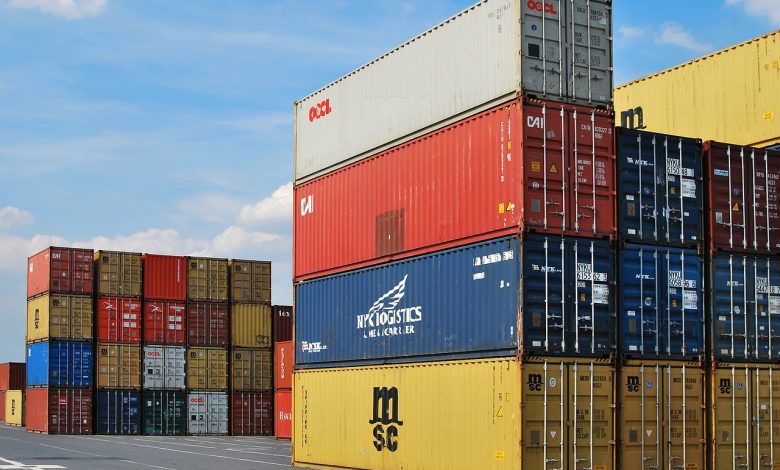Surprising Facts You May Not Know About the Trade Deficit

The trade deficit and resulting trade war with China have been the talk of the financial town for the last couple of years, as well as extensively covered in mainstream news. Most have heard about the fact that we have a deficit, meaning we import more than we export. However, there are some surprising facts about the trade deficit you may not know.
Our trade deficit was higher in the past.
While there is a lot of chatter about how big the deficit is, the current account numbers are actually lower than they’ve been. In 2006, the US trade deficit was at its highest, standing at over $760 billion, and has in fact spent a number of years higher than the latest reading in 2018 of $621 billion. The deficit began expanding in the 1980s, increasing at a rapid rate in the early 2000s and shrinking again after the financial crisis. Today’s deficit stands at around the same percentage of gross domestic product as it did in the late 1990s.
We actually have a surplus in services.
The account balance takes into consideration two parts – goods and services. While the total deficit of 2018 stood at $621 billion, the deficit in goods alone was actually much higher, at $891 billion. What created the offset? The United States actually has a surplus in the amount of services exported. This means that the value being created in the US is largely service-based, such as internet solutions and “digital trade,” or the servicing and moving of data. Even as long as half a decade ago (and tech has advanced rapidly since then), the United States exported $385.1 billion in digital services, according to data from the U.S. Department of Commerce’s Economics and Statistics Administration.
A deficit doesn’t have to mean a bad economy.
Economists debate whether a deficit necessarily means a poorly functioning economy. Some even argue that running a deficit may be a sign of an expanding one, with consumers rife with cash to spend on imports, and boosting interest rates, making foreign investment in the country more attractive. At the same time, many countries historically thought to have less stable economies, such as those across Southern Asia or Northern Africa, have consistently run surpluses. The concern that running a deficit hurts jobs may have merit, as it could be an indication that more jobs are moving overseas. However, economists suggest that automation and other factors still play a larger role in job turnover than outsourcing.
A lot of our imports are American products.
The most surprising fact about the trade deficit might be that many of the goods we import are actually products made by American companies. This is because anything that is shipped to the United States from outside is technically classified as an “import.” Take Apple, for example. Apple is an American company, yet Apple’s products are famously known for being manufactured overseas. Meanwhile, Apple in 2017 imported over 61 million iPhones to the USA, adding about $15.7 billion in what were considered imports to the trade deficit. Nike, likewise, makes 94% of their shoes overseas. Almost half of all Nike shoes are sold in the US, making their domestic revenue from the items they “imported” in 2018 almost $14 billion. Other American companies, such as Cisco, Intel and namely Wal-Mart – the largest retailer in the world by revenue and the number one ocean container importer by volume – are among the top five companies doing the most manufacturing for domestic products overseas.
There’s always a lot more to economics than meets the eye. Even economists don’t always agree on what the numbers ultimately mean, and there can be a million different elements that affect any given statistic. In regards to the trade deficit, along with all the buzz it generates, these lesser-known points may be a few you haven’t yet heard.



